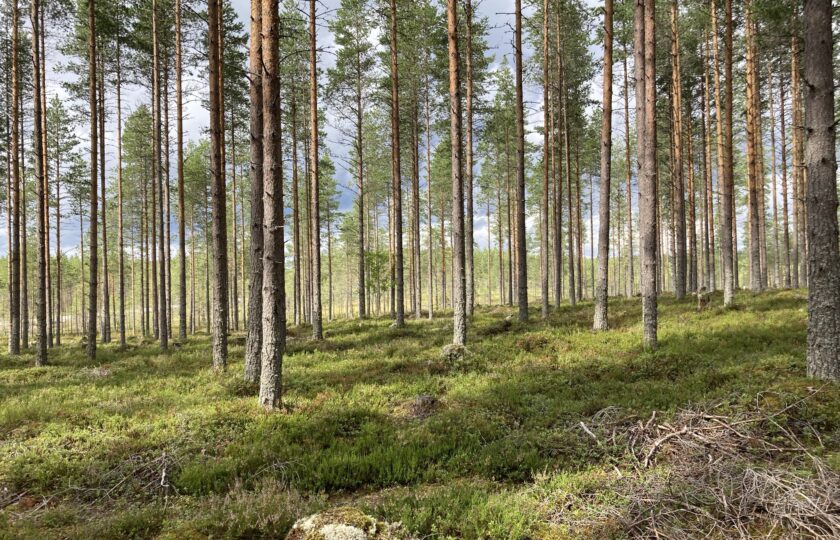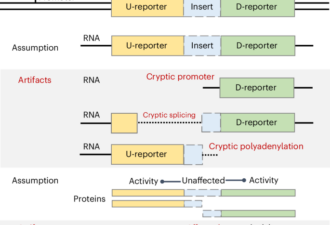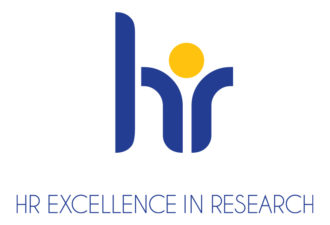
Based on the results of an international team published now in the journal Nature, the biodiversity hotspots are not protected which makes them especially vulnerable to human impact.
Each year plants provide 3.6 billion tonnes of carbon to mycorrhizal fungi, leading to 75% of all terrestrial carbon being stored underground. Yet, we know little about where or how the diversity of these organisms is distributed across Earth’s terrestrial ecosystems. Without knowing how the diversity of mycorrhizal fungi varies over space, we cannot determine the locations which most need protecting. Identifying protection priorities has not previously possible because of a lack and geographical bias of mycorrhizal fungi samples across the globe. As a result, underground fungal biodiversity has not been considered in current environmental conservation strategies.
Ecosystems are sustained by the cooperation of plant roots and fungi
The research team used new fungal databases, with >2.8 billion fungal sequences, from 25,000 locations across the globe, to estimate mycorrhizal fungi biodiversity. “Together with our colleagues, we identified key regions of extraordinary mycorrhizal fungal diversity, that are of outstanding scientific and societal importance”, says Petr Baldrian, one of the Czech members of the scientific consortium. Mycorrhizal fungi supply mineral nutrients to trees and plants that would otherwise be inaccessible, which means that they increase the productivity of forest and grassland ecosystems, as well as agricultural productivity. Without them, even the existence of present biomes would be impossible in some places. It is also important to note that mycorrhizal fungi help to store carbon in soils in a process that this way counterbalances the rising carbon dioxide concentrations in the atmosphere. “Diversity is in fact something like insurance: where more symbiotic fungal helpers live, plants can better choose that partner which secures best nutrient provision for their growth”, says Baldrian. “Moreover, biodiversity increases the probability that the ecosystem will return to efficient functioning following any disturbance, such as fire, long-term drought, or bark-beetle induced tree dieback.”
Little is done so far to protect biodiversity of beneficial microbes
Intersecting protected areas with mycorrhizal hotspots indicate that less than 10% of predicted mycorrhizal richness hotspots currently exist within protected areas. Mycorrhizal networks connecting tree roots with soil using fungal hyphae represent a hidden component of Earth’s underground ecosystems, yet it deserves to be one of important conservation priorities that is considered when creating specific restoration plans and land management strategies. The present results will never be available without the existence of the GlobalFungi database, the largest global catalogue of microorganisms in soils that is maintained by the team of microbial ecologists from the Institute of Microbiology of the Czech Academy of Sciences. The public open database (https://globalfungi.com) run by the research infrastructure ELIXIR-CZ thus brings value to both basic questions of ecology and practical management of ecosystems.
Contact:
prof. Petr Baldrian, Ph.D., head of the Laboratory of Environmental Microbiology, , +420 723 770 570
Další spoluautoři z MBÚ AV ČR
Petr Kohout, Laboratory of Microbial Ecology and Biogeography
Tomáš Větrovský, Laboratory of Environmental Microbiology
Publication:
Global hotspots of mycorrhizal fungal richness are poorly protected.
Nature (2025). https://doi.org/10.1038/s41586-025-09277-4
Van Nuland, M.E., Averill, C., Stewart, J.D. et al.
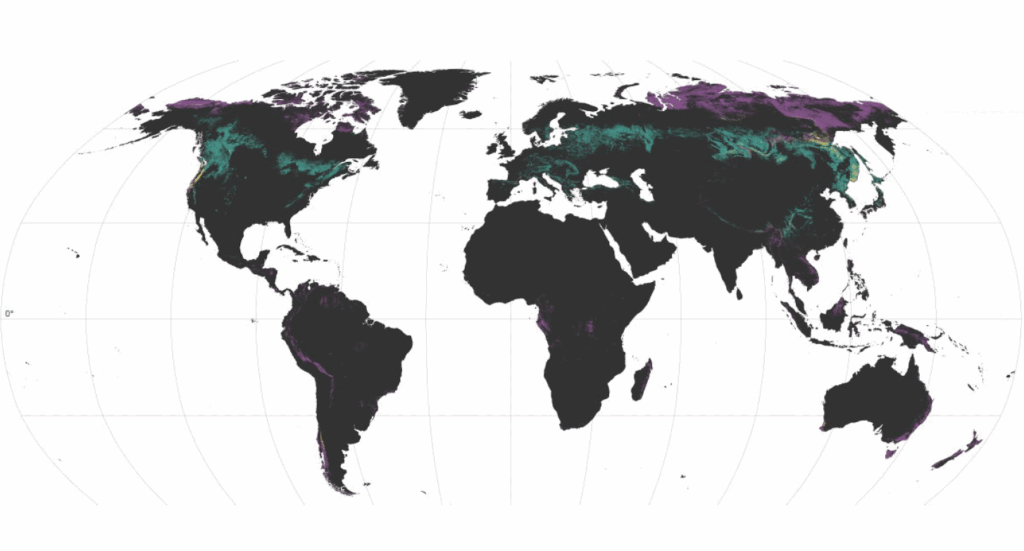
Most species of ectomycorrhizal fungi that help to feed trees with mineral nutrients are found in the northern temperate zone (green), the most unique taxa are found at high latitudes (magenta). In certain areas of east Asia and western USA, biodiversity and uniqueness hotspots overlap (yellow).
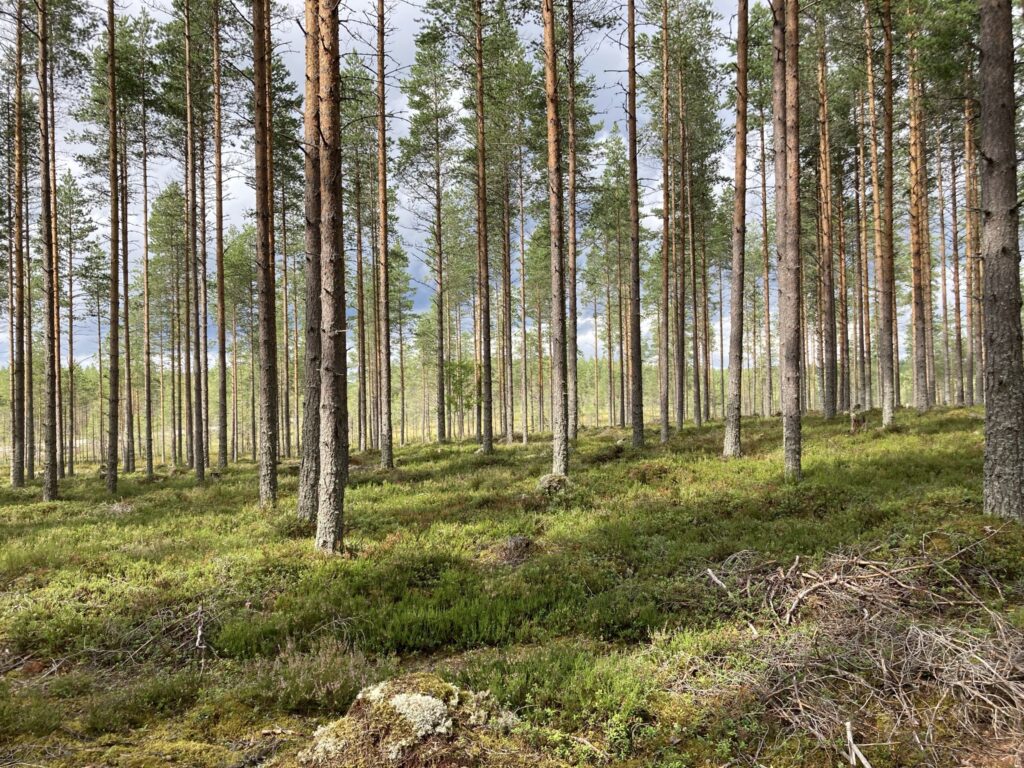
The productivity of Scandinavian forests, which grow in a cold environment with a short growing season, strongly depends on the ability of mycorrhizal fungi to recycle mineral nutrients in the soil (Karstula, Finland).
